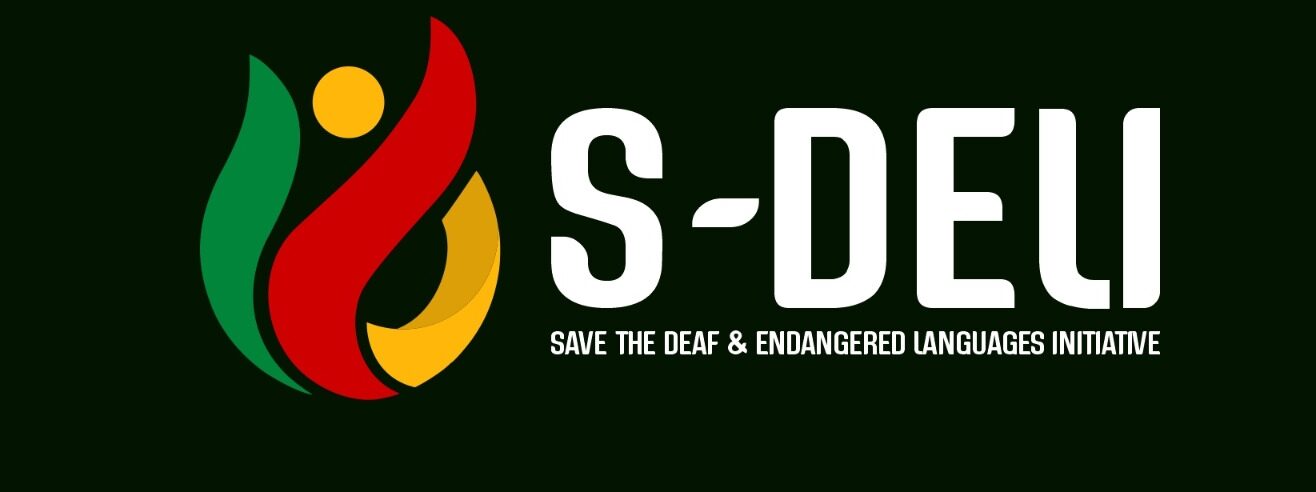Communication is essential in our daily lives, every human has a linguistic right to communicate in their unique language, yet the deaf community has long faced challenges in navigating a predominantly auditory world. In a world where diverse cultures abound, the sign language is expected to thrive in our various communities because the sign language serves as a cultural and linguistic heritage of the deaf community .
Picture a reality where everyone resonates with signing as part of their language, where conversations flourish in the vivid language of signs. It’s a dispensation we are about to experience, one where the barriers of sound are dismantled and the deaf community can sign anywhere, anytime.
This can be achieved through innovative approaches , collective efforts that will usher in an era of inclusivity, empowerment and boundless connection for all. As much as inclusivity of the deaf people is important, early access or exposure to sign language education should not be taken for granted as it aids the deaf community in their social development.
Furthermore, technological innovations such as video conferencing tools that facilitate communication with sign language over long distance will help the deaf to connect with others. Also smart phone applications which are designed to teach sign language, makes it more accessible for individuals to learn and practice the sign language. Advances in machine learning and computer vision have also led to the development of systems that can automatically recognize and translate sign language into text or speech, improving accessibility in various settings.
In addition to creating a world where deaf people can sign anywhere, cultural awareness and sensitization is important to dispel misconception, societal attitudes towards the deaf community and foster empathy thereby creating a society that values and respects diverse forms of communication.
Non-governmental organizations & advocacy teams also have a major role to play by collaborating with the deaf community and various stakeholders in enhancing change and promoting accessibility to sign language.
In conclusion, the realization of a world where deaf people can sign anywhere is within our reach. Few challenges may still persist but by recognizing the importance of sign language, technological innovations and fostering early access to education and cultural awareness, the society can break down communication barriers which will ultimately lead to a world where deaf people can confidently communicate anywhere.
